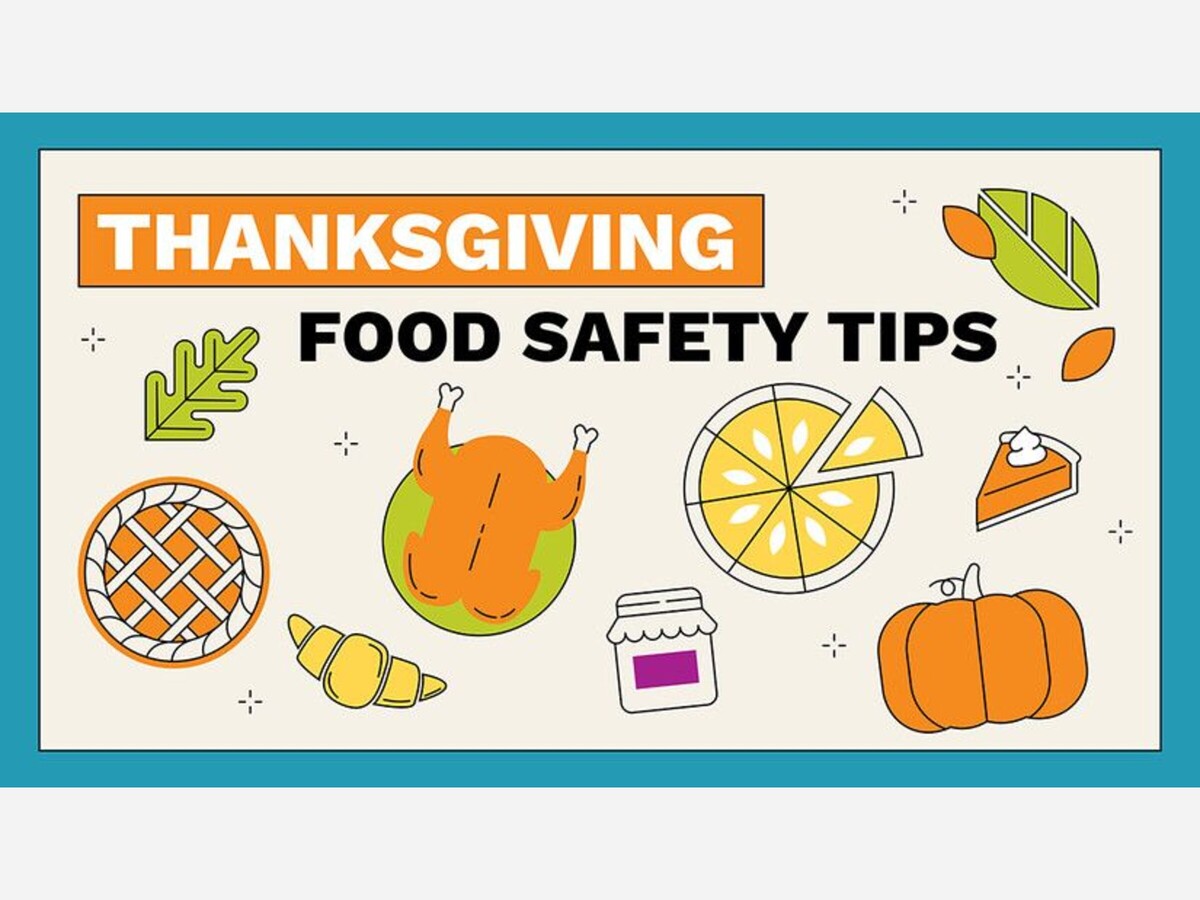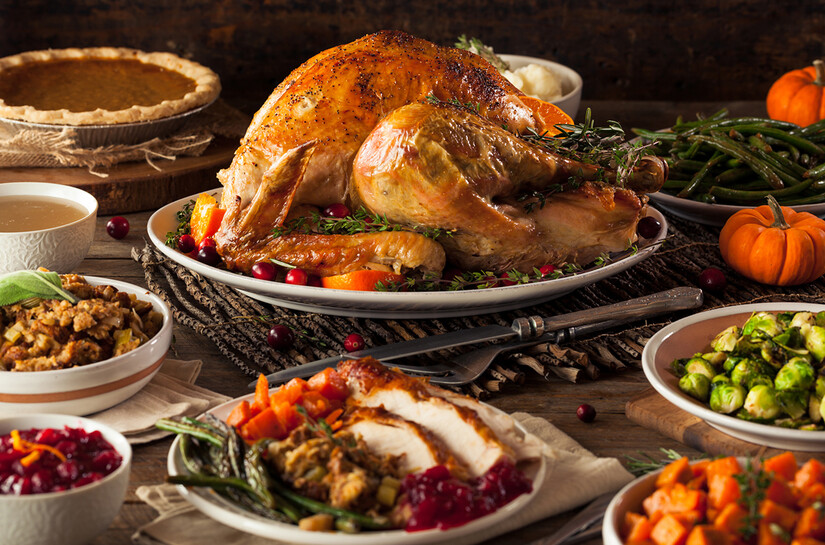Image

Experts offer food safety tips for Thanksgiving and the holiday season

Meals at Thanksgiving and other holidays serve as great social occasions for catching up with family and friends — and for the sake of all gathered, the culinary delights on the table should be not just delicious and visually sumptuous, but also safe.
Melissa Wright, director of Virginia Tech’s Food Producer Technical Assistance Network, and Alexis Hamilton, assistant professor of food processing microbiology, are both faculty members in the Virginia Tech College of Agriculture and Life Sciences Department of Food Science and Technology. They shared holiday food safety tips of many sorts.
“Of course, when handling food, the first rule is to wash your hands,” said Wright. “Use warm water and soap, washing for at least 20 seconds. Dry your hands on a clean towel or disposable paper towel. Don’t use the same dish towel all day for all kitchen tasks.”
Wright added, “Remember that you may be cooking for a widely-diverse group of people and someone is likely to have an allergy or sensitivity. Making cards to identify a dish and any potential allergens (wheat, milk, soy, peanuts, tree nuts, eggs, fish, shellfish, sesame) would be a thoughtful gesture to your guests.”
“Measuring the internal temperature of cooked foods is an important part of food safety,” said Wright. “Measurements should be taken with a food thermometer. You can order one from Amazon today and have it in time for Thanksgiving!”
Wright cited the following recommended internal temperatures for holiday dishes.
“Once the meal is over, if there’s anything left unfinished, those leftovers too need to be safely stored and handled,” Hamilton said. “It’s important to keep food out of the danger zone, which is the temperature between 41°F and 135°F. It’s important that foods pass through this range as quickly as possible. Basically, keep hot foods hot and cold foods cold.”
Hamilton and Wright provide some other general tips including:
“Three to four days might not seem long enough,” Hamilton said. “One thing you could do to maximize leftovers involves putting meals onto plates, placing that amount only in the fridge, and putting the rest of the food in the freezer, where it can safely keep for one to three months. However, you should keep in mind that more moisture evaporation will happen the longer the food stays in the freezer, which will change the flavor.”
“As for leftovers once the meal is done, food should be properly stored and sealed using airtight heavy-duty foil, plastic wrap, or freezer paper; or by placing the package inside a plastic storage bag,” Hamilton said.
Here are safe durations for storage for different kinds of Thanksgiving dishes:
If food has been stored for longer than the FDA-recommended times, there are some warning signs that the food has gone bad:
If you’re not sure if the food is still good, it’s safter to throw it out. A good rule is, “When in doubt, throw it out,” Hamilton said.
Tools that can help guide include the FDA’s refrigerator and freezer storage chart and the USDA’s Foodkeeper app, which provides guidance on the safe handling, preparation, and storage of foods. “The app offers specific storage timelines for the refrigerator, freezer, and pantry for various products including meat, poultry, produce, seafood, dairy products and eggs, and more,” Hamilton said.